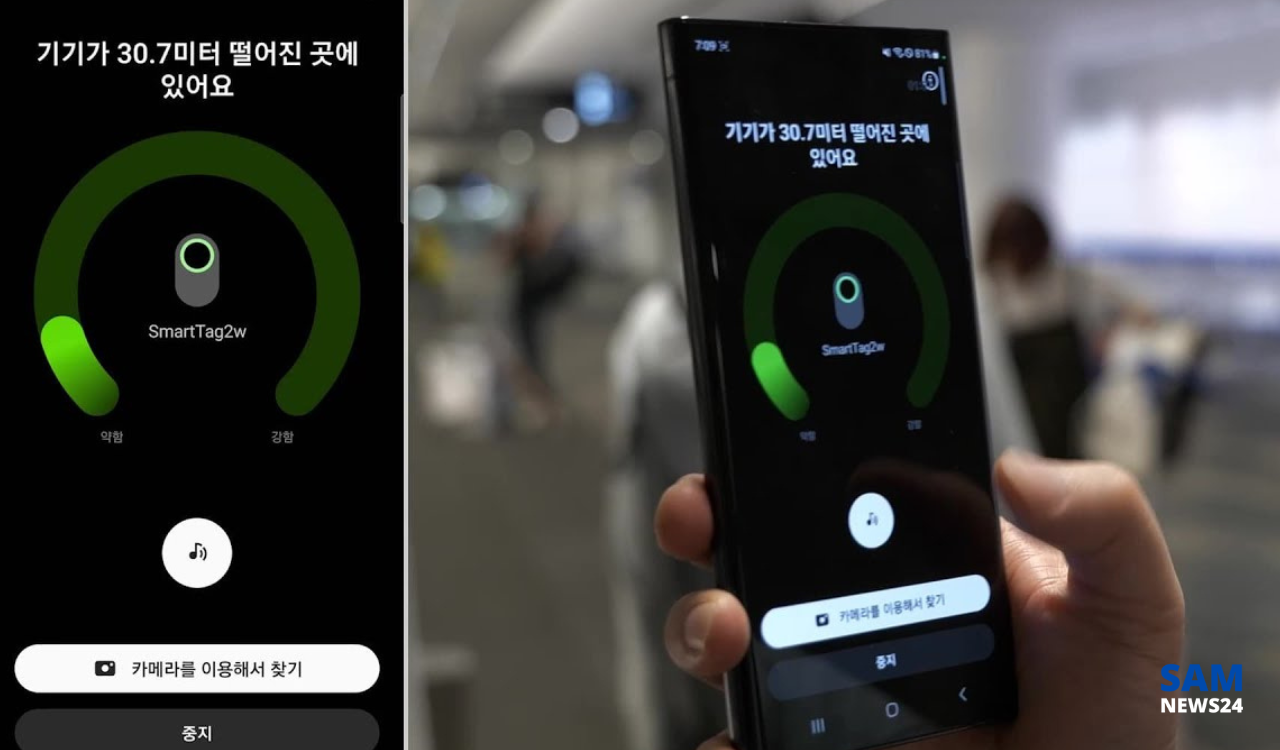The South Korean tech giant, Samsung has managed its No. 1 position in the global DRAM and NAND flash markets for 30 and 20 years. Let’s explore the first 232-layer NAND flash production details.
232-layer NAND flash Race
Micron Technology was the first to announce the world’s first mass production of a 232-layer NAND flash in July 2022. It’s the largest memory semiconductor company in the US.
During the same period, Samsung was making 176-layer NAND flashes. An official of a semiconductor consulting company in Canada even claimed that Yangtze Memory Technology Corp. (YMTC) of China was producing 232-layer NAND flashes ahead of Micron.
Moreover, SK Hynix also declared that it succeeded in developing the world’s highest layer (238-layer) NAND flash. On the other hand, Samsung started mass production of a 236-layer NAND flash in November 2022.
“As market demand for denser, greater-capacity storage pushes for higher V-NAND layer counts, Samsung has adopted its advanced 3D scaling technology to reduce surface area and height, while avoiding the cell-to-cell interference that normally occurs with scaling down,” said SungHoi Hur, Executive Vice President of Flash Product & Technology at Samsung Electronics. “Our eighth-generation V-NAND will help meet rapidly growing market demand and better position us to deliver more differentiated products and solutions, which will be at the very foundation of future storage innovations.”
![]()
Leader’s in the DRAM market
Now the company is leading in the DRAM and NAND flash markets, with the market share gap with its rivals wider than 10 percentage points. Samsung Electronics is leading in the markets with 40.6 percent, SK Hynix is on second position with 29.9 percent, and Micron 24.8 percent as of the third quarter of 2022.
Leader’s in the NAND flash market
Here again, Samsung Electronics leads with 31.6 percent, Japan’s Kioxia 21.1 percent, SK Hynix (19 percent), U.S. Western Digital (12.4 percent), and Micron (11.8 percent).


























